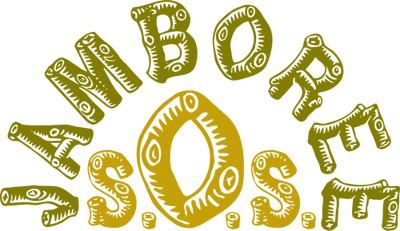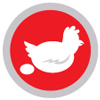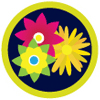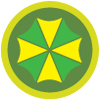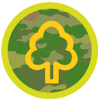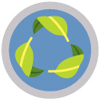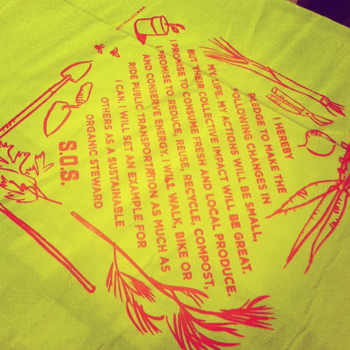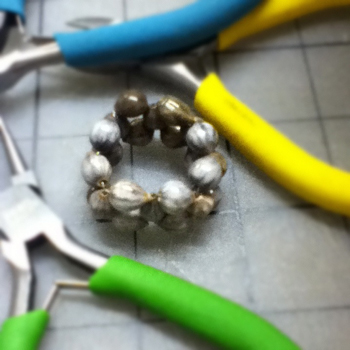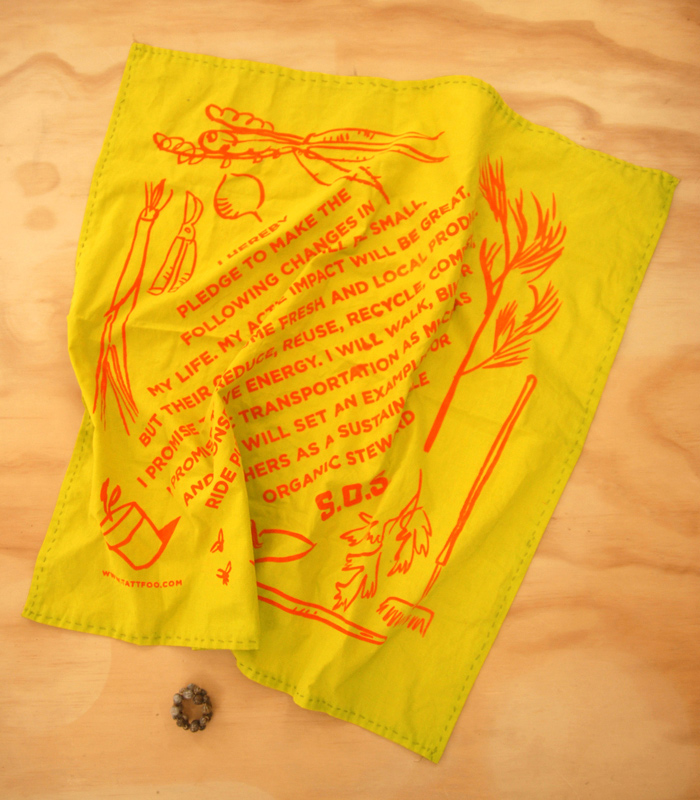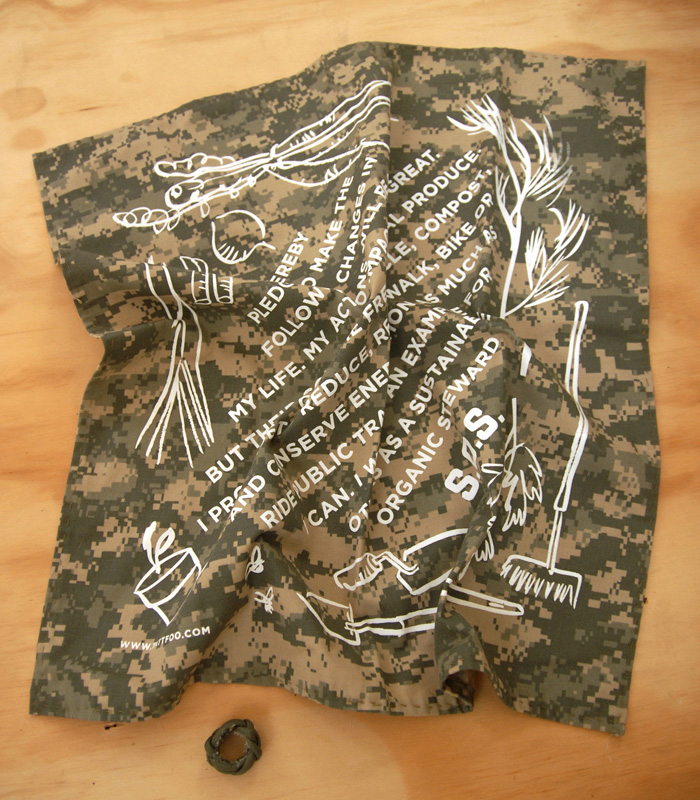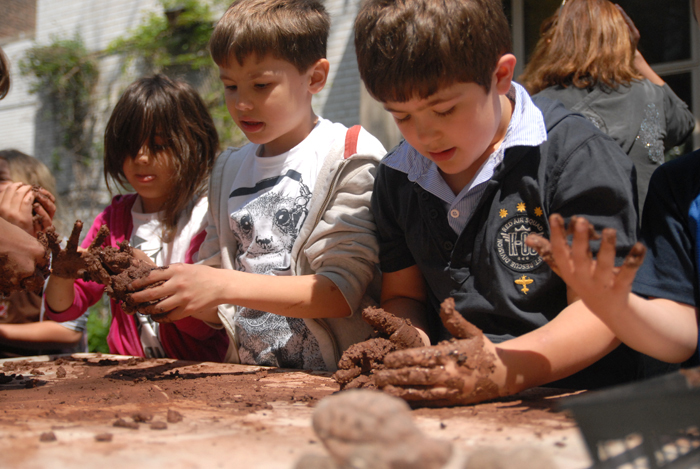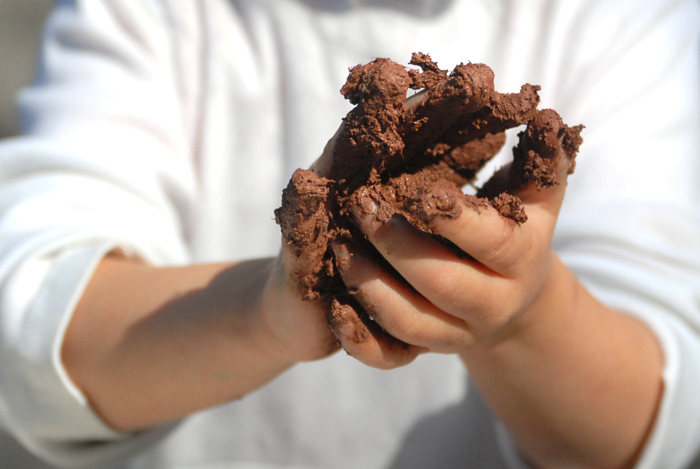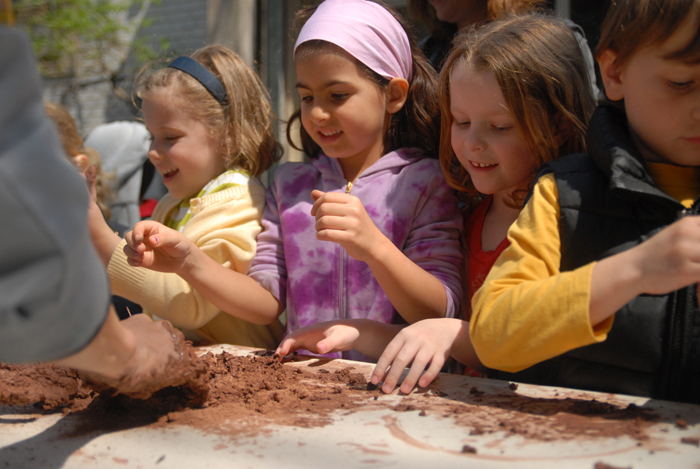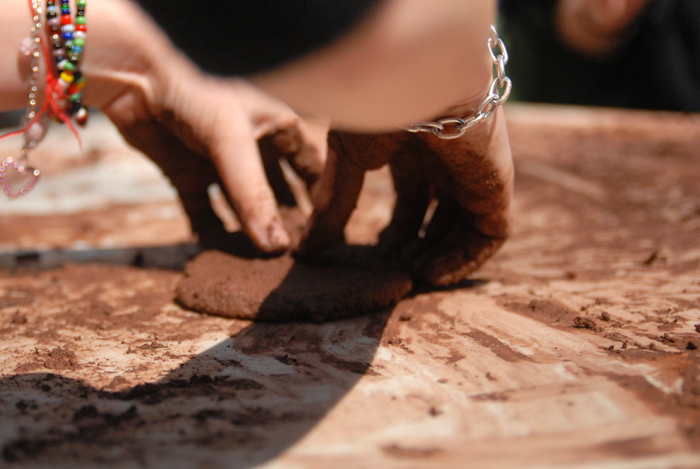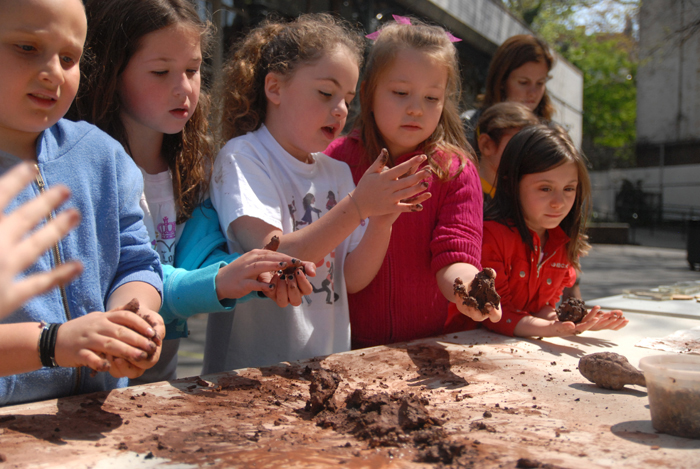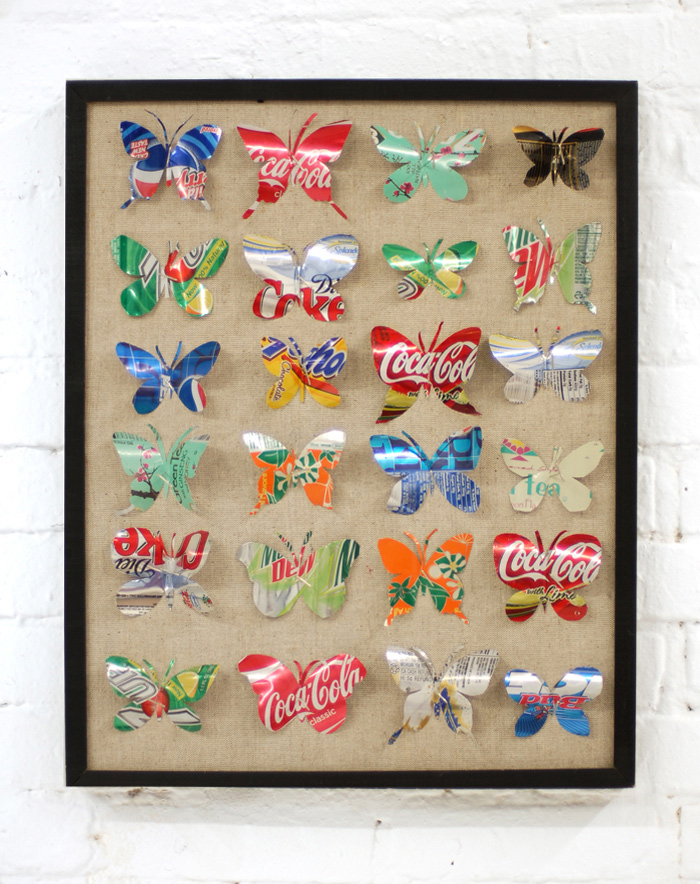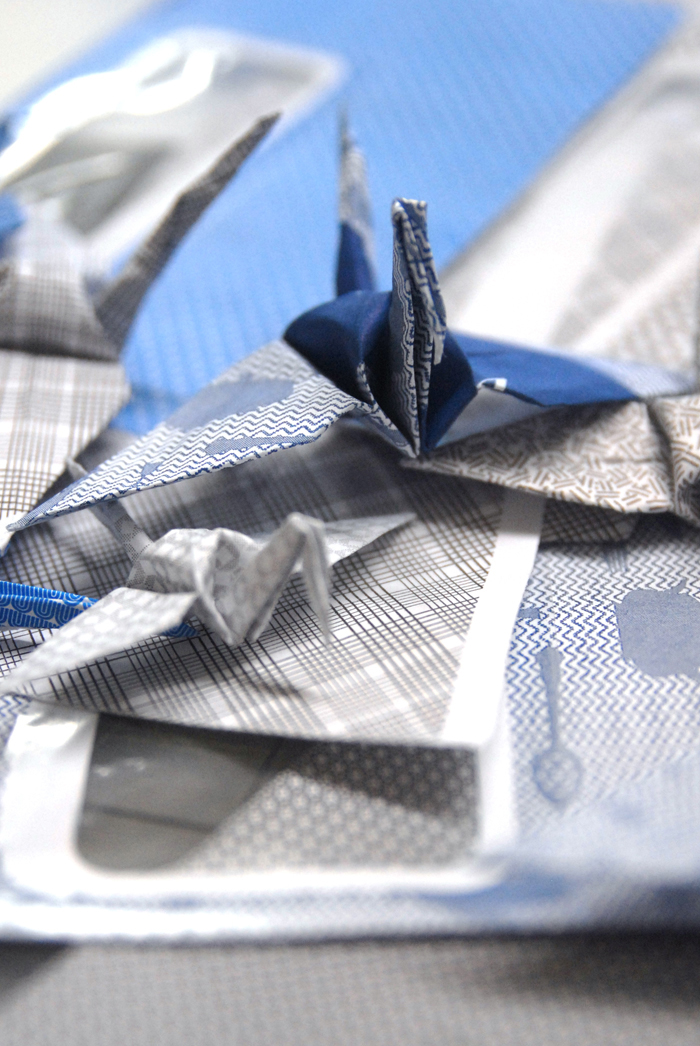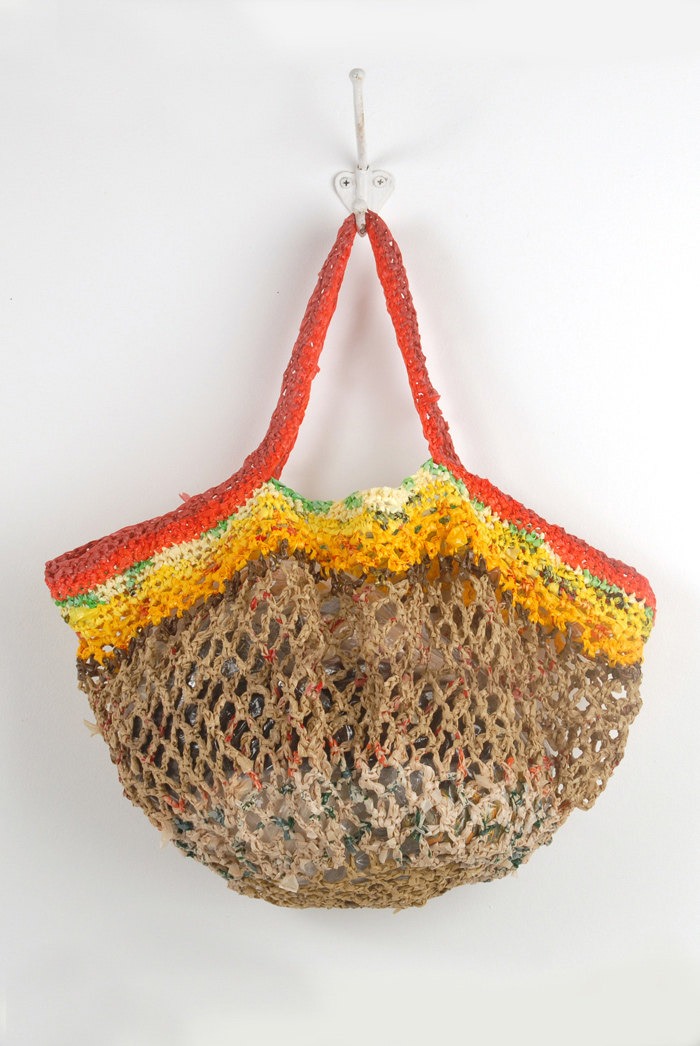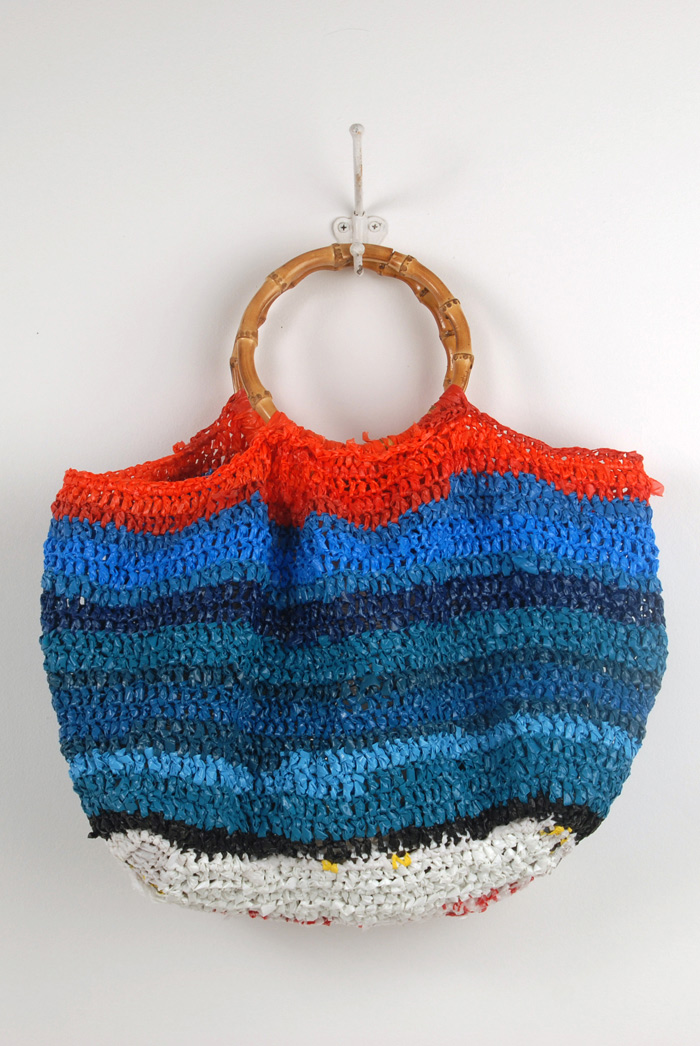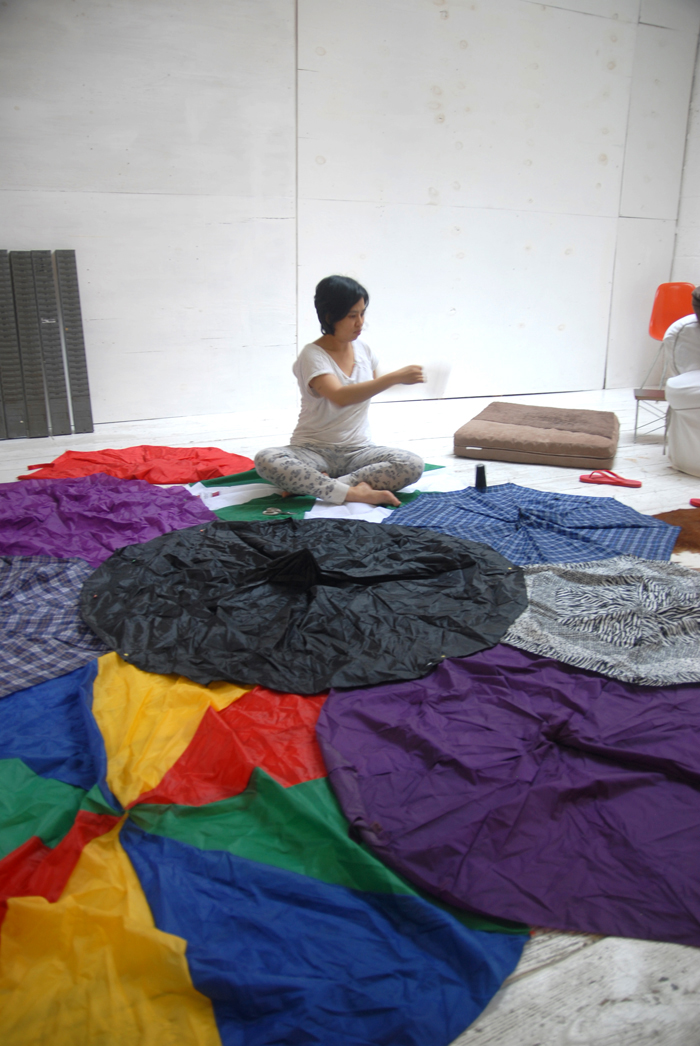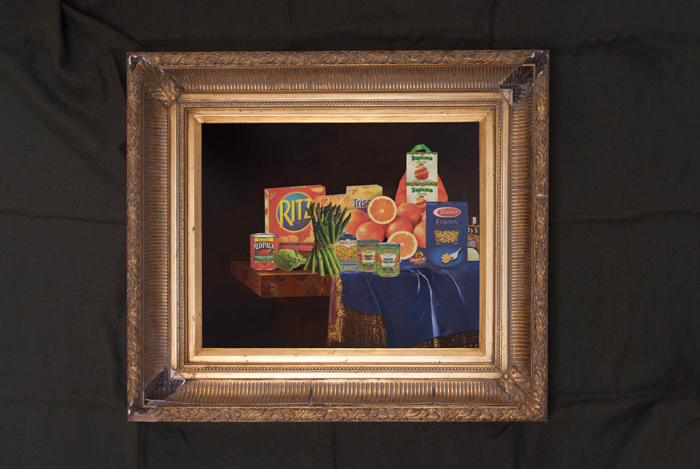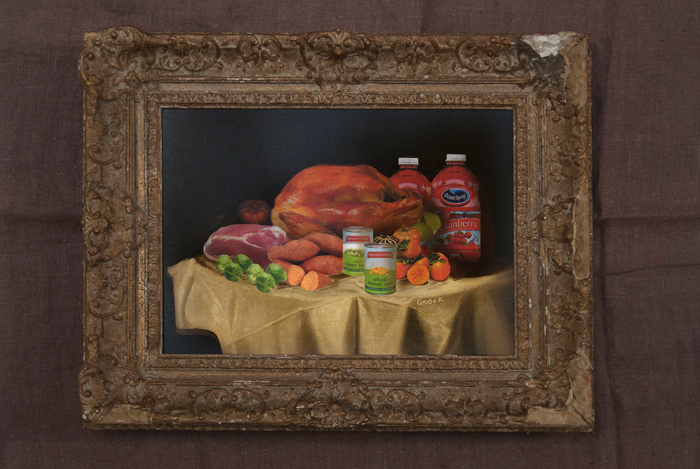This is a unique art project that grows out of my art practice S.O.S. Sustainable. Organic. Stewardship and infused with Reggio Emilia philosophy that already gaining foothold in early childhood education. This way of working with children does not rely on a set of fixed curriculum, goals and objectives with a prescribed learning activities. Instead, emergent, negotiated curriculum is guided by educator’ goals and values, an understanding of child development and on going observation and study of children. It is co-constructed by children, teachers and parents. It requires that children’s mind are engaged and above all, it requires great respect for ideas, questions, feelings, capabilities and interests of children. The class is monitor and a portfolio is produced in the end of the project for each children. It will be in a form of a box, where each project is accumulated. The children do not paint or draw objects in the world but rather paint and draw their relationship with them. As educator, we do not teach the concept of ecology or biology but rather provide a challenging, supportive context in which the children’s own ideas could grow. Objective: The interaction between the artist and the students are heuristic in nature. Challenging the phobia of dirty and of animals and how we are connected with nature better. By being a steward of nature they will learn to recycle, reuse and discovering beauty in found objects. Context: to break the modern perception of germ phobia and reconnect children back to nature and demonstrating how nature had it own way to recycle and nothing is “waste”. The action of collecting, and the ability to identify usage from found or discarded materials is cultivated. Engage: Using experiential senses as a tool to let the students have hands on approach to discover nature, art and science. Duration: Each session is about 30 mins to an hour Exploration:
Seedball workshop at PS41: The Greenwich Village School
Recycle projects and workshop These recycle ideas and projects is a great way to get people together for a common goal to upcycle material that is pre-gathered into something that will have a new life. The sample below show how a plactic grocery bag is upcycled into a plarn bag and how broken umbrella is upcycled into a canopy for a children playroom or other shading purposes. Ultimately, we had to always remind ourselves eveytime before we pay for a goods, ask yourself how well it is made and do you really need it? The best policy is not to buy or buy something that is made well, high quality, an objects that have replacement parts and can be repair by a technician or the manufacturer. Please don't continue to be a thrown away culture.
Soda can whistle
Soda can butterfly
Origami crane made from recycle envelop
New New Yorker Student Council Workshop
Plarn-made from recycled plastic bag
Canopy made from recycled umbrellas
Grocery Nature Morte Still Life or Nature Morte came into its own genre applied to oil paintings characterized by their tight focus on an assortment of objects sitting on a flat surface in the mid seventeenth century. Nature Morte meaning dead nature reminds us of the transience of life and the ever-present threat of death. Over time these objects have allegorical meaning and codes. A rose could stand in for the Virgin Mary, Lilly connotate virginity and purity, Pomegranate represented the church and sunflower, fish or lamb was synonymous with Jesus Christ. Contemporary twist on tradition depiction of canned and process food shows our mastery in food preservation technic but also all the chemical needed to made these items. Is the food still alife or dead?
Grocery Nature Morte - Staten Island, 20" x 16", inkjet printed canvas with antique frame, November 2013
Grocery Nature Morte - Thanksgiving in Staten Island, 18" x 13", inkjet printed canvas with antique frame, November 2013 References:
Book:
|
